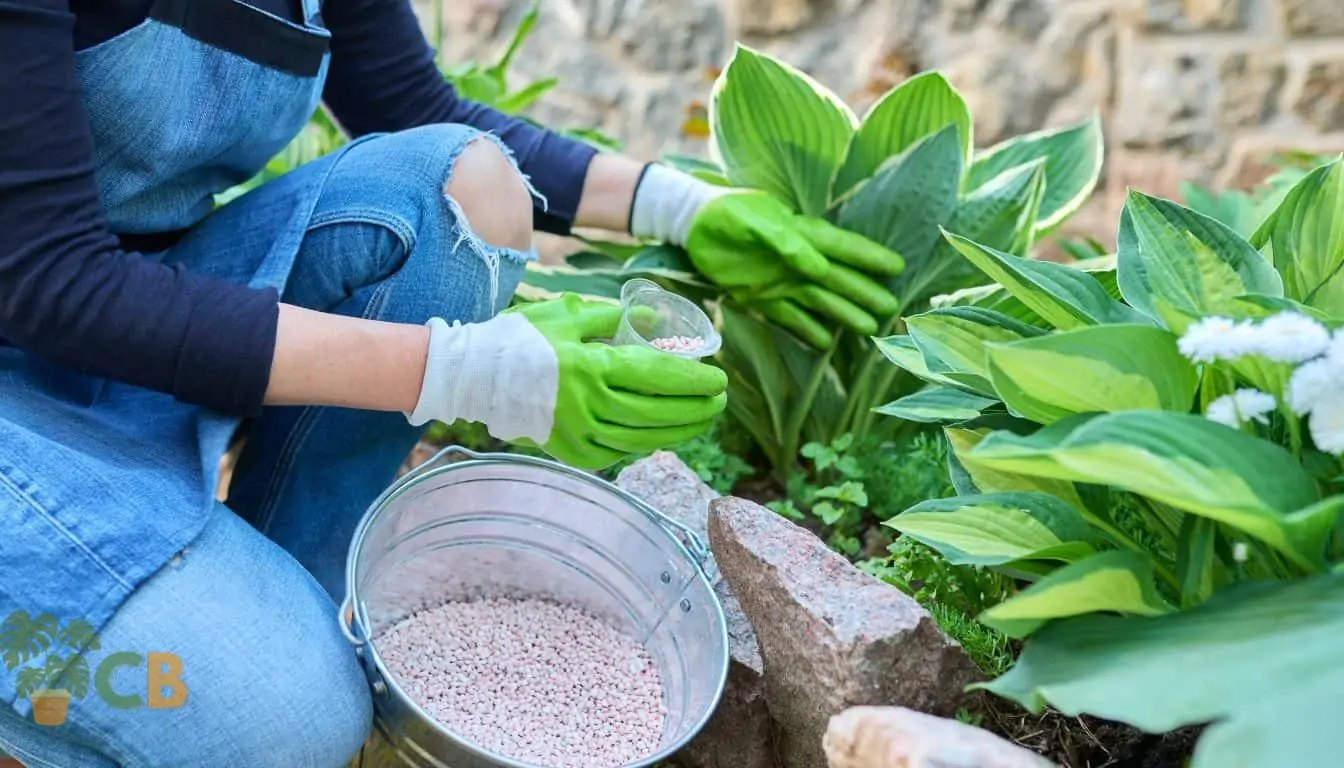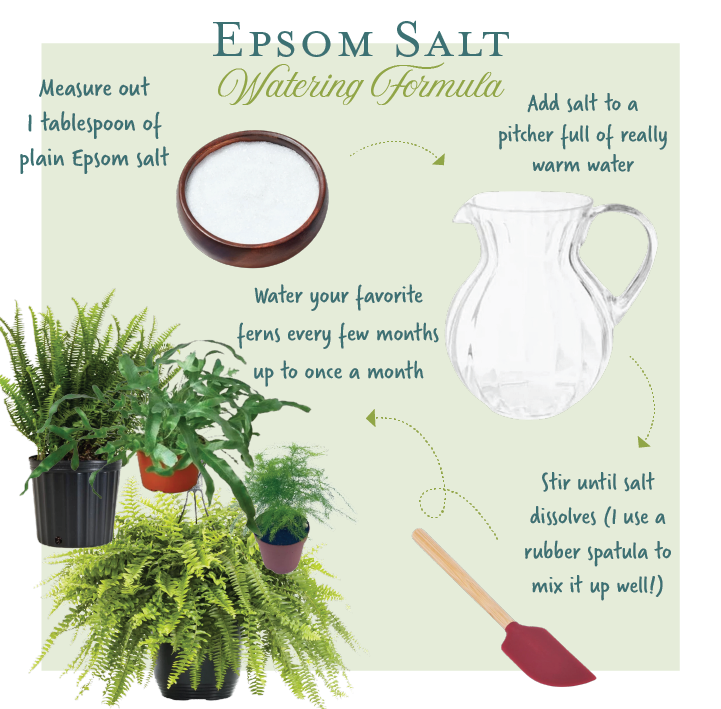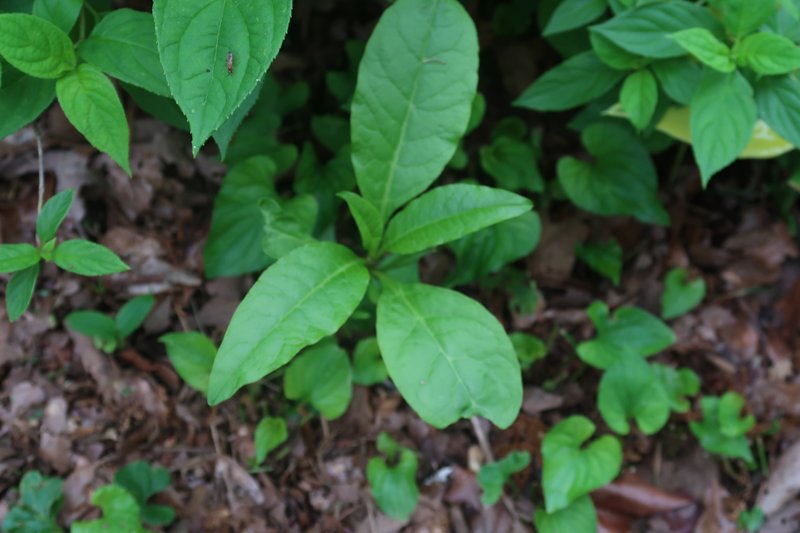Discover the Details Plants That Are Adversely Impacted by Epsom Salt Application
Epsom salt, a preferred home solution for various horticulture issues, is often praised for its helpful effects on plant growth. Nonetheless, not all plants respond favorably to its application. Recognizing the particular plants that can be negatively affected by Epsom salt is critical for any type of gardener seeking to maximize their plant care regimen. Roses, tomatoes, rhododendrons, azaleas, and peppers are just a few instances of plants that may not respond well to Epsom salt. The factors behind these unfavorable results and how to reduce them are essential expertise for preserving a prospering garden.
Roses

Roses, specifically sensitive to modifications in their environment, can be negatively affected by the application of Epsom salt. While Epsom salt is commonly made use of as a plant food to advertise plant development and boost flowering, roses are one of the plants that do not respond well to its application. The high magnesium material in Epsom salt can disrupt the uptake of various other essential nutrients by the rose plants, bring about shortages that materialize as yellowing fallen leaves or stunted growth.

Tomatoes
Tomatoes, known for their flexibility in cooking applications, can display unfavorable impacts when exposed to Epsom salt due to their particular nutrient requirements. While Epsom salt is commonly promoted as a remedy for various plant problems, consisting of bloom end rot in tomatoes, its application can cause damaging results otherwise made use of carefully. Tomatoes are heavy feeders that need a well balanced intake of nutrients, particularly calcium, to grow. Extreme Epsom salt, which is magnesium sulfate, can disrupt the fragile nutrient equilibrium required by tomatoes, potentially causing shortages in other necessary nutrients like calcium. This inequality may show up in symptoms such as stunted growth, yellowing leaves, or also reduced fruit manufacturing in tomatoes. When taking into consideration the usage of Epsom salt on tomatoes, it is critical to stick to recommended application prices and soil testing to stop unexpected consequences on the overall wellness and productivity of these cherished yard plants.
Peppers
Peppers, admired for their numerous shades and degrees of spiciness, can show sensitivity to adverse effects from Epsom salt when not used with care and factor to consider for their details nutritional needs. what plants don't like epsom salt. Peppers, coming from the Solanaceae household, require a delicate equilibrium of nutrients to thrive. While Epsom salt is known to boost magnesium levels in plants, too much application Get More Information can disrupt this equilibrium, resulting in negative results on pepper plants
When peppers are subjected to high degrees of magnesium from Epsom salt, it can conflict with the plant's ability to soak up other important nutrients like calcium and potassium. This inequality might show up in find signs such as leaf staining, stunted growth, and lowered fruit manufacturing. Furthermore, the too much magnesium can change the dirt pH, more aggravating nutrient uptake concerns for peppers.

Rhododendrons
Given the sensitivity of certain plant varieties to imbalances triggered by Epsom salt, it is important to think about the effect on Rhododendrons, which likewise call for specific nutrient levels to flourish. Rhododendrons are acid-loving plants that favor acidic dirt conditions with a pH array between 4.5 and 6.0. Epsom salt, chemically called magnesium sulfate, can alter the soil pH and interrupt the delicate balance of nutrients essential for Rhododendron health and wellness.

To preserve the ideal development and health and wellness of Rhododendrons, it is important to avoid the unplanned use of Epsom salt and instead focus on offering the details acidic dirt problems and nutrients that these plants require for prospering.
Azaleas
Azaleas, recognized for their vibrant blooms and wide variety of shades, are ornamental shrubs that come from the Rhododendron category. These popular blooming plants are typically discovered in parks, landscapes, and gardens due to their beauty and convenience. Azaleas are sensitive to changes in dirt pH levels, which can considerably affect their development and general wellness. While Epsom salt is frequently made use of as a treatment for magnesium shortage in plants, its application to azaleas can have negative impacts.
When Epsom salt is related to azaleas, it can alter the soil pH, making it more acidic. Azaleas prefer somewhat acidic dirt problems, and an excess of magnesium from Epsom salt can disrupt this balance, causing nutrient imbalances and prospective toxicity concerns. The incorrect application of Epsom salt can lead official statement to stunted development, yellowing of fallen leaves, and overall decrease in the wellness of azaleas. It is critical to be cautious when thinking about the usage of Epsom salt on azaleas to prevent any negative consequences on these delicate decorative bushes.
Conclusion
Finally, it is crucial to be familiar with the specific plants that can be negatively affected by the application of Epsom salt. Roses, tomatoes, rhododendrons, azaleas, and peppers are some examples of plants that might not take advantage of Epsom salt and might also suffer damage. It is critical to study and understand the needs of each plant types prior to using Epsom salt as a fertilizer to ensure their wellness and wellness.
Recognizing the specific plants that can be adversely impacted by Epsom salt is critical for any gardener looking to enhance their plant treatment routine. While Epsom salt is typically utilized as a plant food to advertise plant development and boost blooming, roses are one of the plants that do not respond well to its application.Extreme usage of Epsom salt can additionally result in a build-up of salts in the soil, leading to root damage and dehydration of the rose plants. While Epsom salt is known to boost magnesium degrees in plants, extreme application can interrupt this balance, leading to negative results on pepper plants.
The high salt web content in Epsom salt can additionally dry out Rhododendron origins, triggering additional stress and anxiety and damage to the plant. (what plants don't like epsom salt)